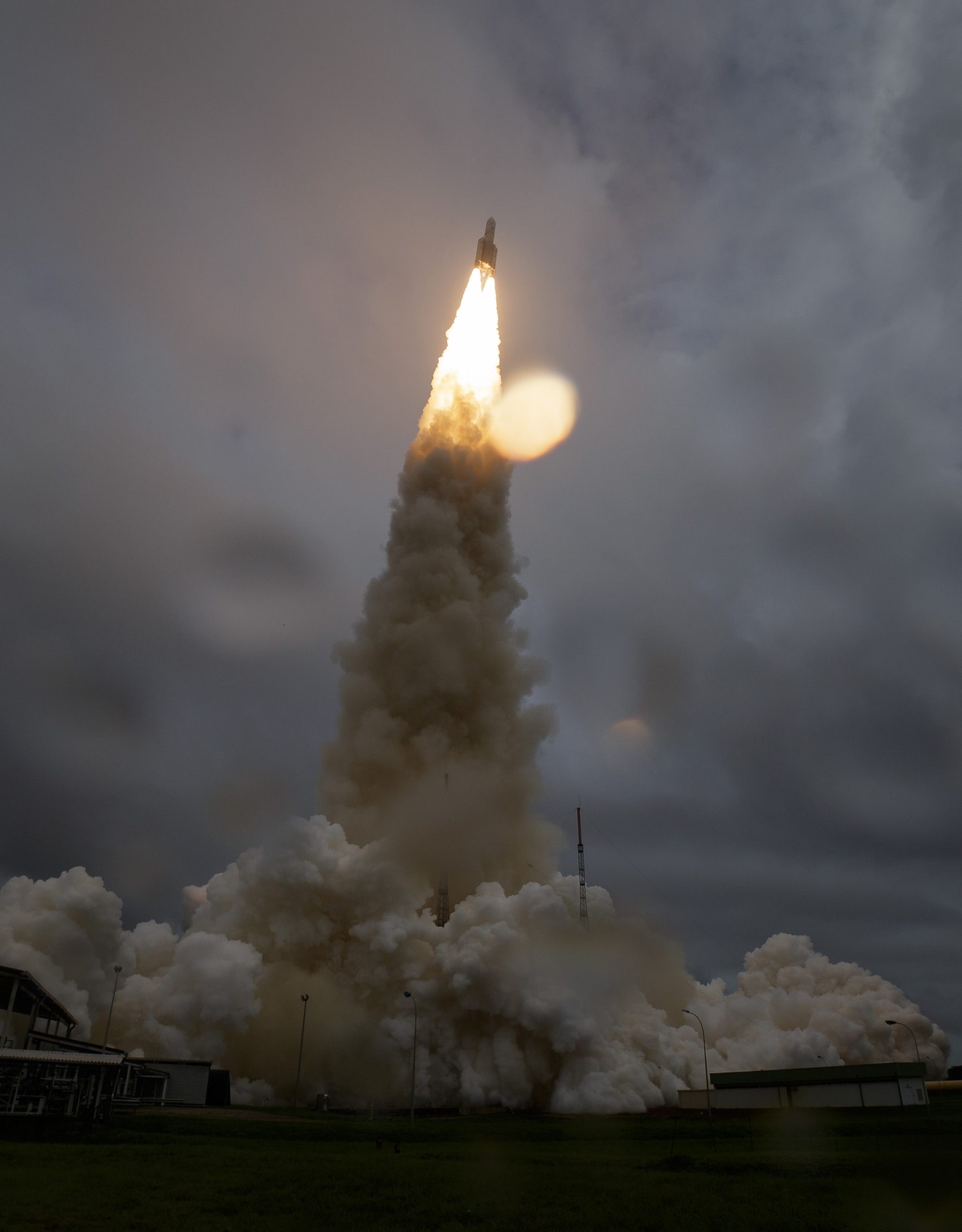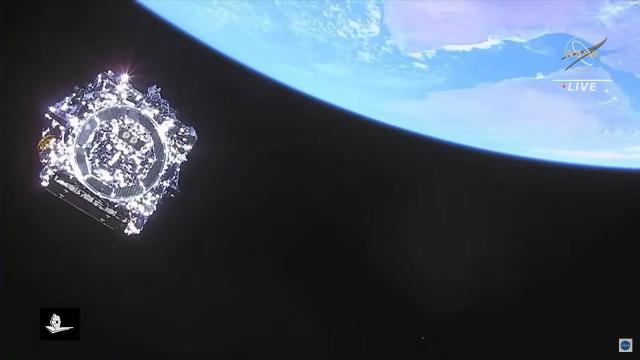The Webb Space Telescope is expected to arrive at the second Lagrange point on Monday afternoon. The telescope has been travelling for nearly a month to reach this spot, where it will make its observations of the cosmos.
The telescope launched from French Guiana on December 25. As the spacecraft has travelled through space, it has deployed its mirrors and sunshield. Now, the telescope is less than 1,609 km from its final destination. NASA will host an online conference to discuss the mission this afternoon on its website; a broadcast at 3 p.m. EST will be followed by a media teleconference at 4 p.m. EST.
Webb’s destination — the second Lagrange point, or L2 — is useful because it allows any telescope there to keep the Sun, Earth, and the Moon in a line behind it, giving an unobstructed view out into the universe. L2 is also a relatively stable point in orbit around the Sun, enabling the spacecraft to use minimal fuel to stay in position there.

Webb promises to be a watershed moment for astronomy. For three decades, the Hubble Space Telescope has been a remarkable resource for scientists seeking to understand the structures of the universe. But the ageing Hubble has increasingly been experiencing glitches that have interrupted its ability to observe. Webb will relieve Hubble of the brunt of observation requests that the veteran spacecraft has handled like Sisyphus making his way up the mountain. The two telescopes see in different wavelengths, so the more-powerful Webb will make observations that Hubble is simply incapable of.
From L2, the Webb telescope will look at the earliest light in the universe and explore the formation of galaxies and the structures of exoplanets. Once the telescope is situated at L2 — an event that will require a final correctional burn to get the spacecraft into position — several months of commissioning will begin to get Webb ready to make scientific observations. Webb was expected to operate at L2 for five years, but thanks to a particularly precise launch, the spacecraft could be in service for 20 years.
To say that this has been a long time coming is an understatement. Webb was initially supposed to go up in 2007, and then 2014, and 2018, and so on — but years of delays are a small price to pay for billions of years of insights.
